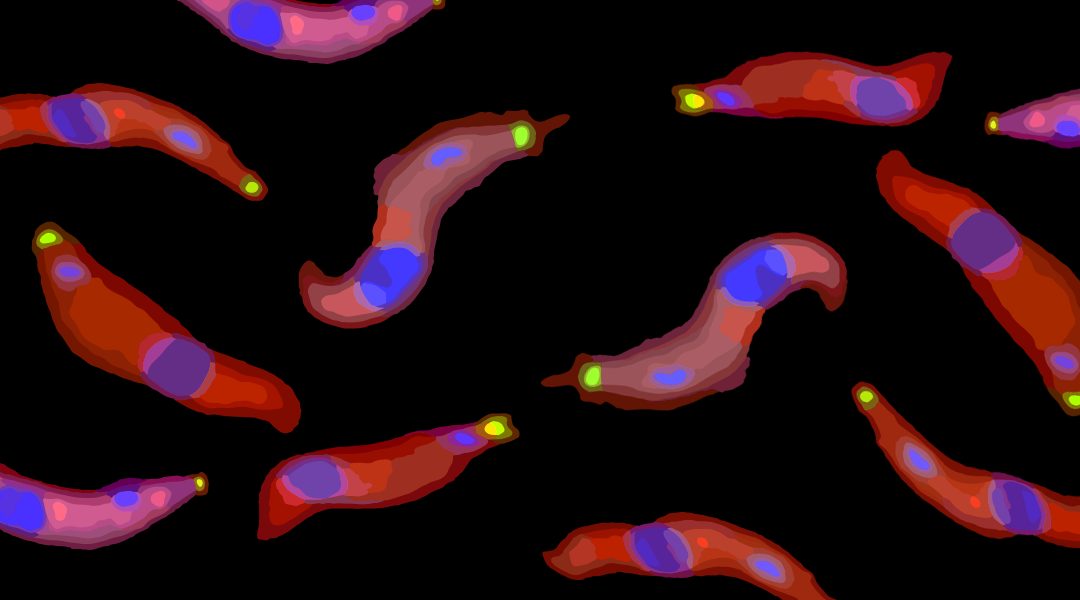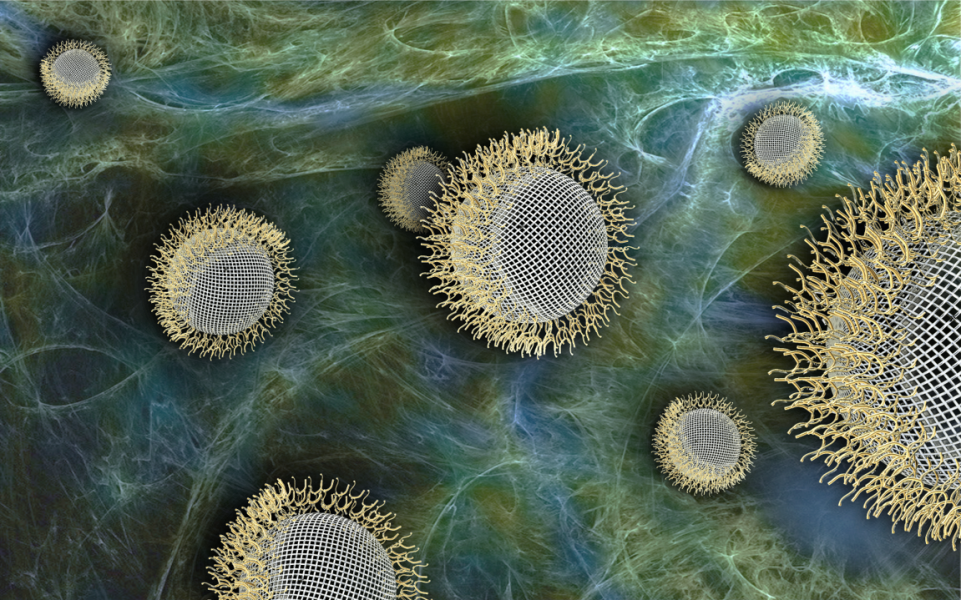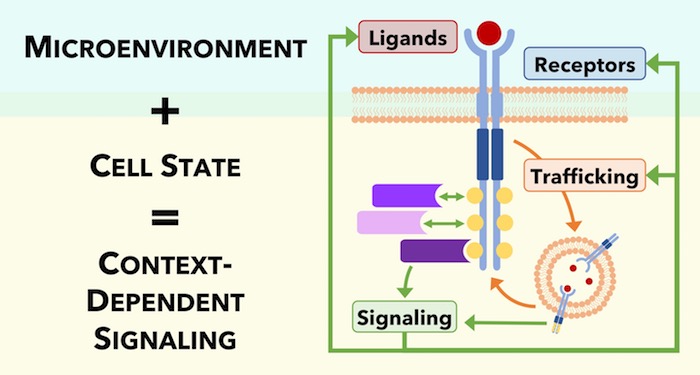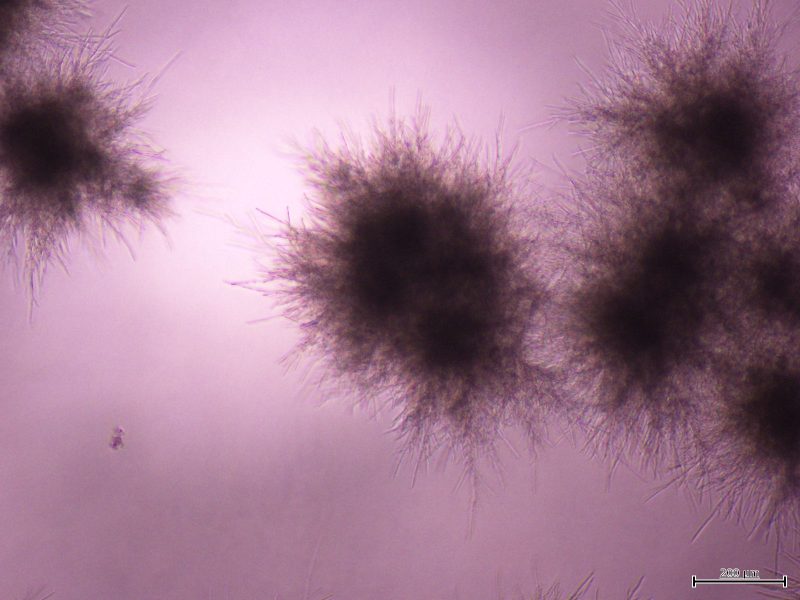Injectable supramolecular hydrogel/microgel composite for controlling the delivery of therapeutic molecules to tissues after injury or disease, including cardiac tissue after myocardial infarction.


Injectable supramolecular hydrogel/microgel composite for controlling the delivery of therapeutic molecules to tissues after injury or disease, including cardiac tissue after myocardial infarction.

Single stranded RNAs with a free 5′ monophosphate end are susceptible to rapid degradation. Transfer RNAs (tRNAs) and ribosomal RNAs (rRNAs) are stabilized by hairpin structures and by “hiding” their 5′ ends within complex protein structures.

The required features of nanofactories, and current strategies for their design and fabrication.

Scientists graft multifunctional biopolymers on the outer surface of nanometric metal-organic frameworks to improve its furtiveness.
The Hippo pathway’s role in heart development and regeneration.

Check out the latest covers of Advanced Healthcare Materials!

Receptor tyrosine kinases (RTKs) are cell membrane proteins that provide cells with the ability to sense proteins in their environments. Many RTKs are essential to development and organ growth. Derangement of RTKs—by mutation or by overexpression—is central to several developmental and adult disorders including cancer, short stature, and vascular pathologies.

A review of optogenetically engineered cells and their applications.

Mammalian barrier surfaces are densely populated by symbiont fungi in much the same way the former are colonized by symbiont bacteria. The fungal microbiota, otherwise known as the mycobiota, is increasingly recognized as a critical player in the maintenance of health and homeostasis of the host.

Lipid bilayer-coated polymeric nanoparticles can at as a long-acting, glucose-responsive insulin delivery system in type-I diabetes.